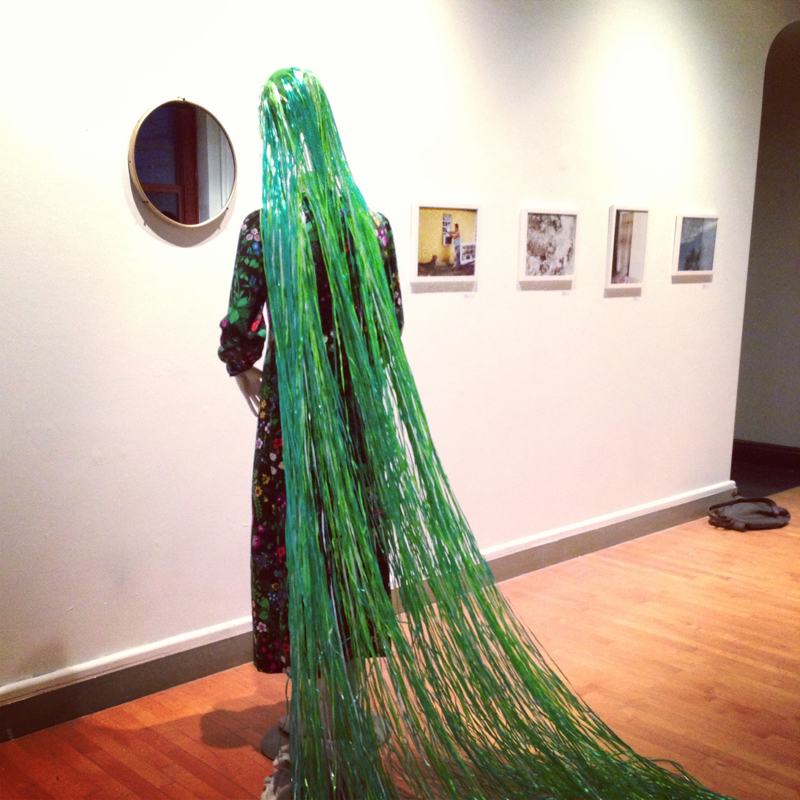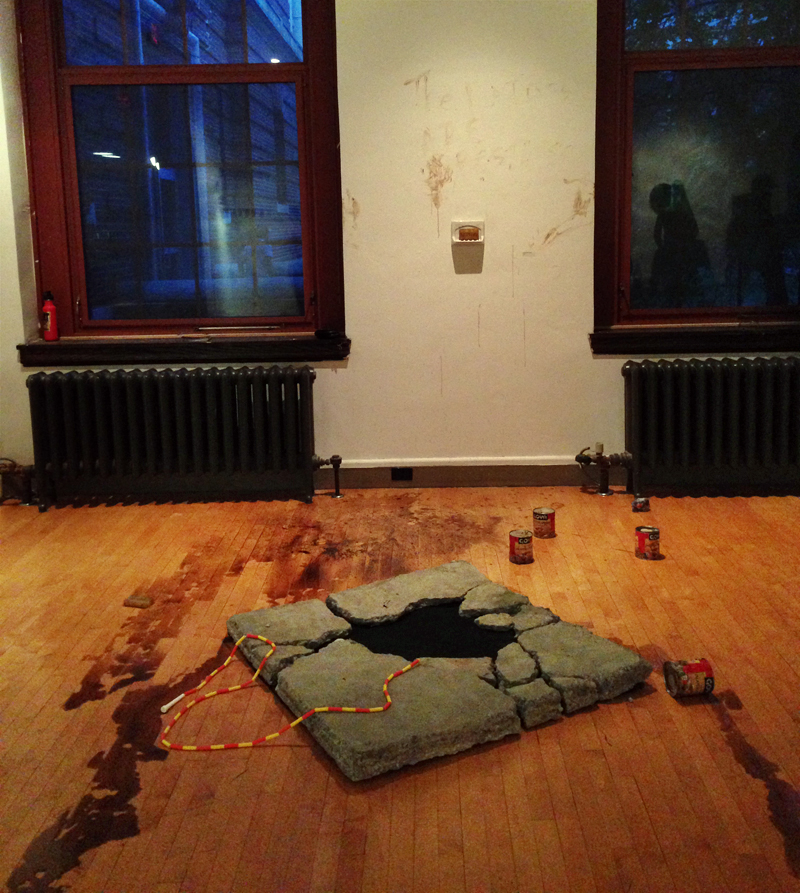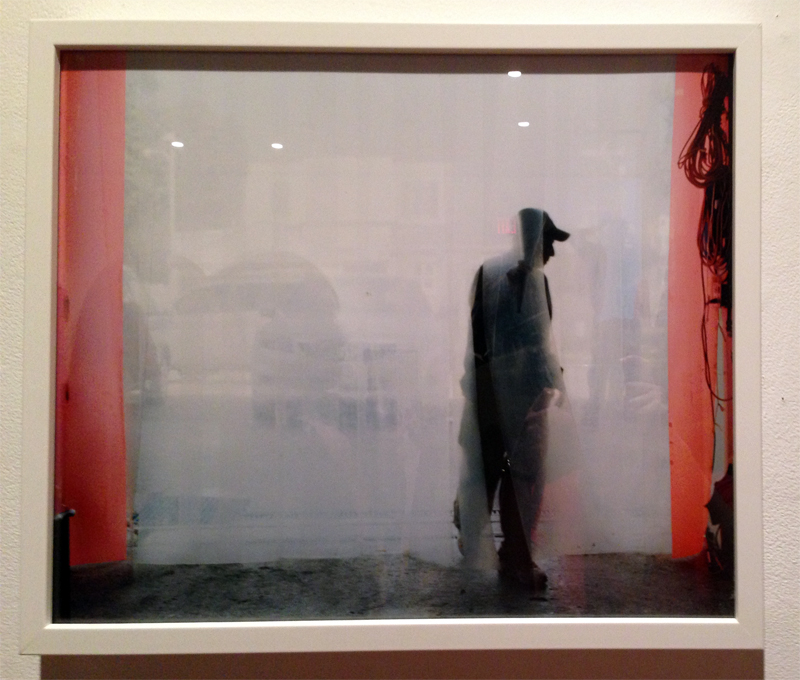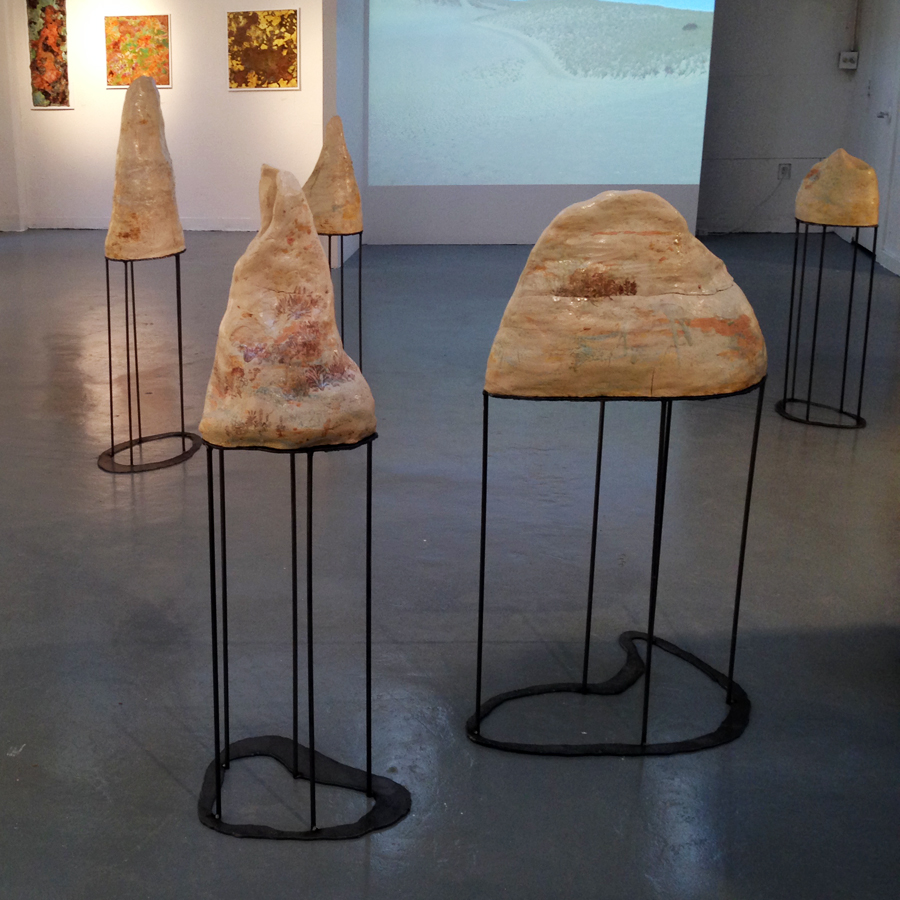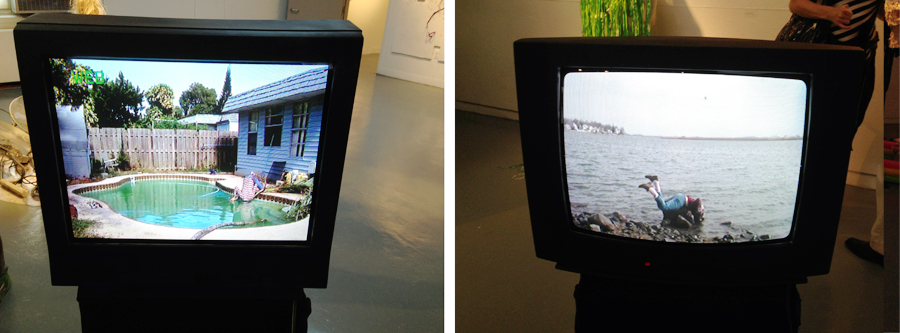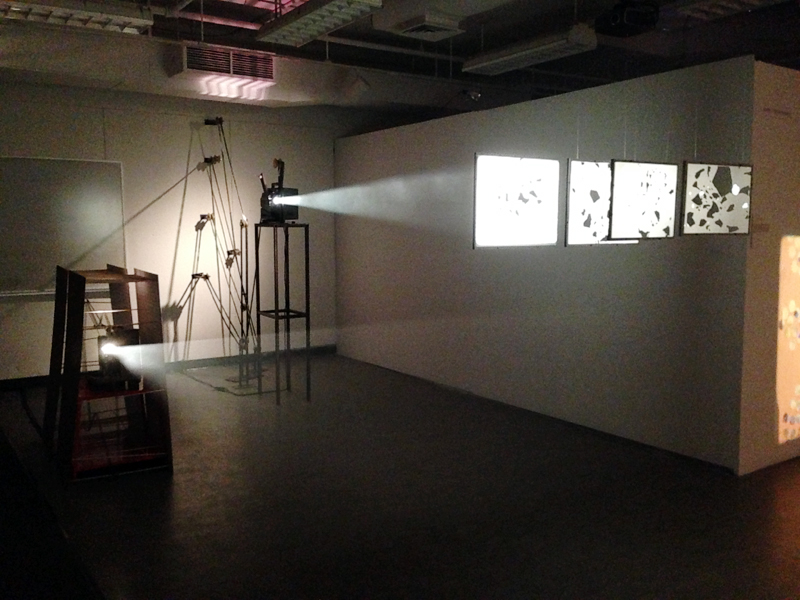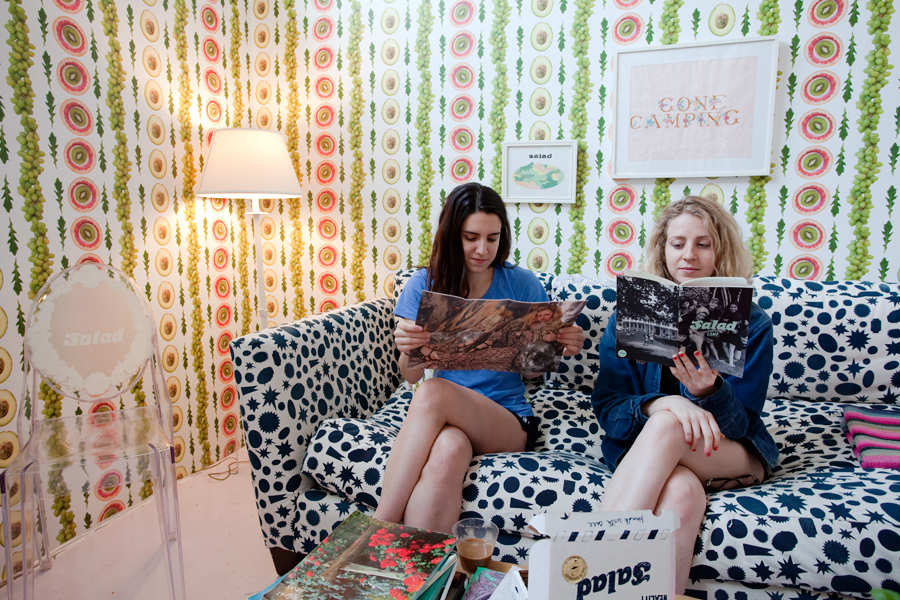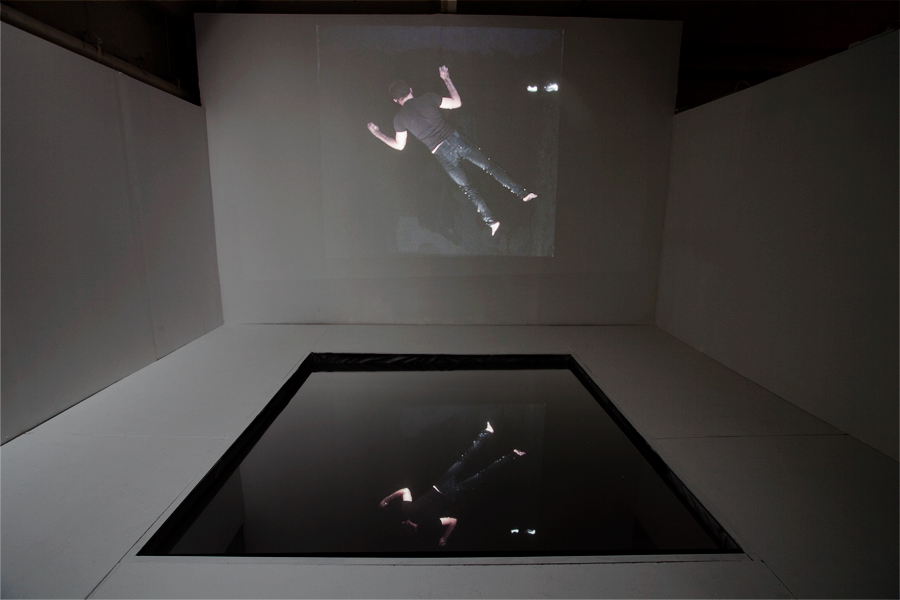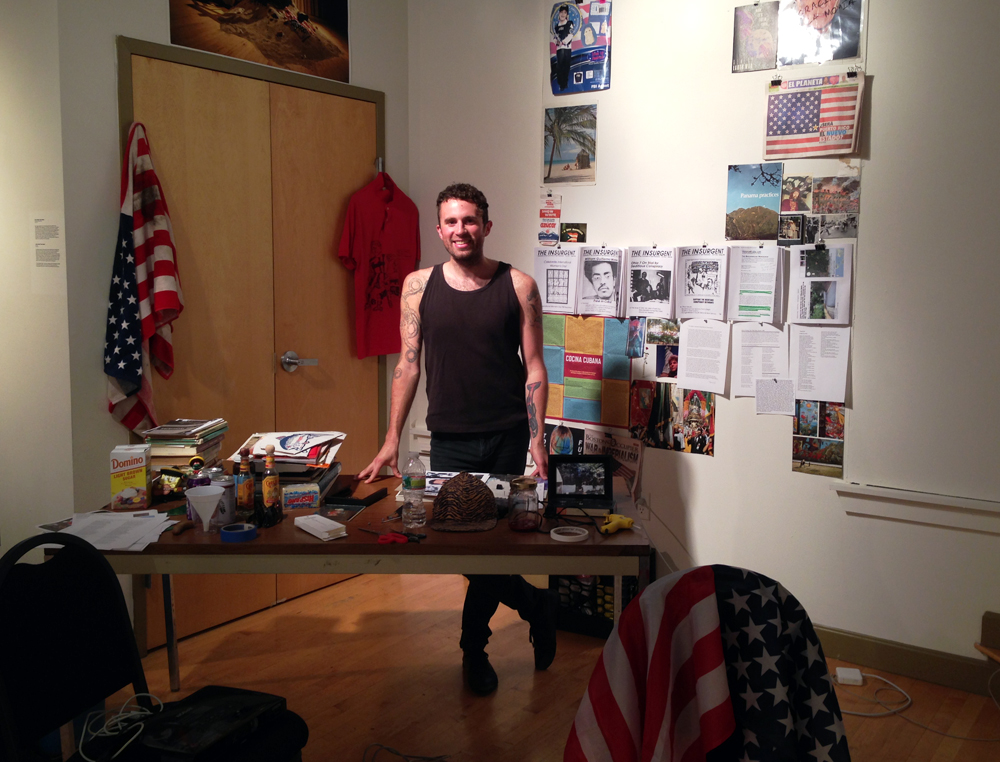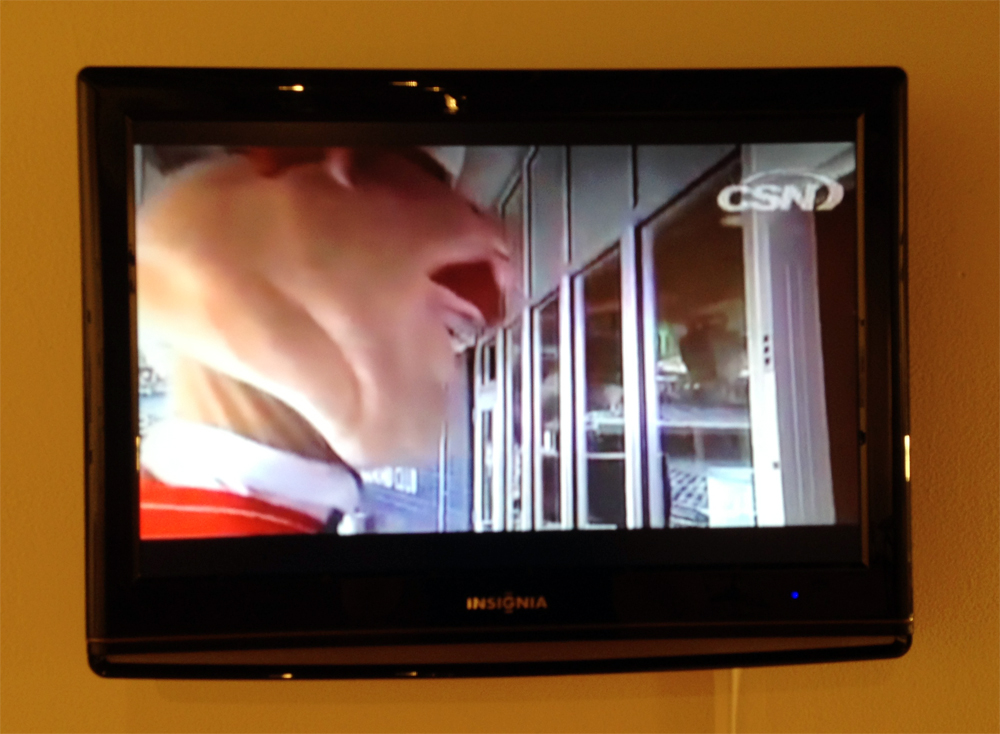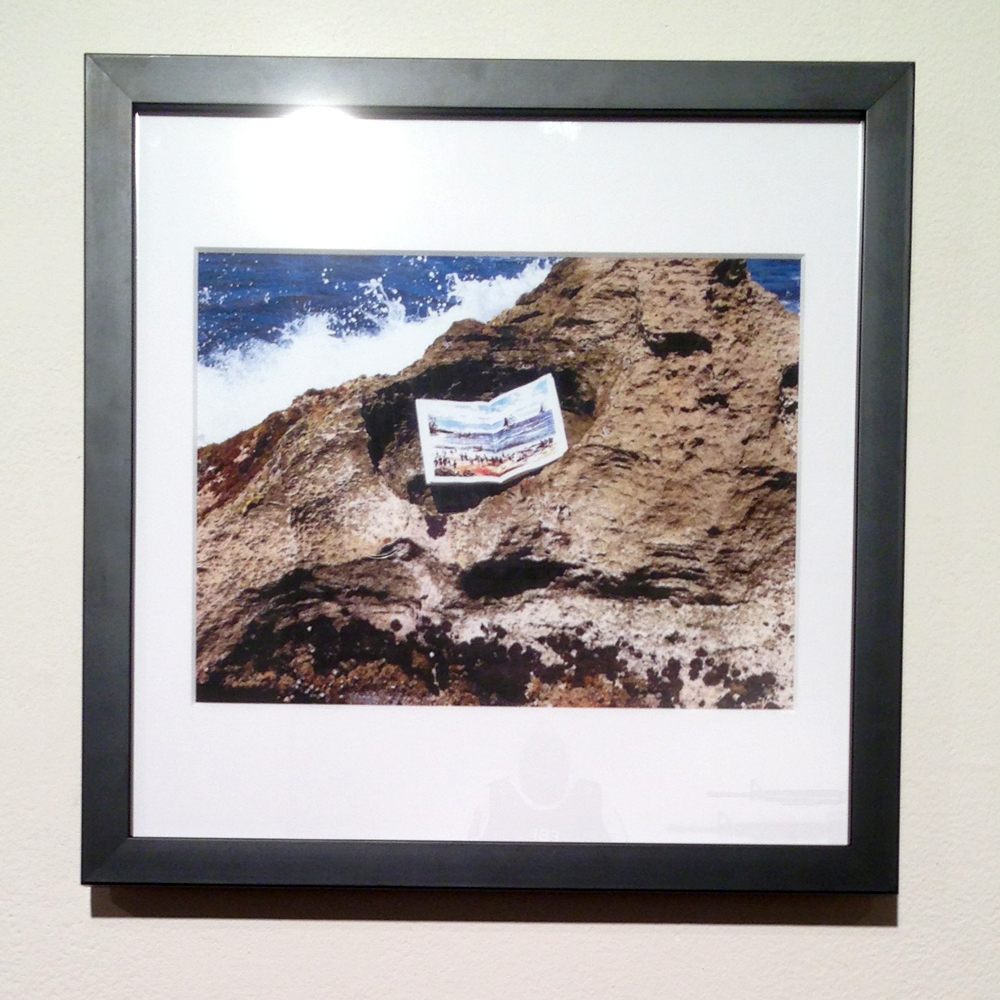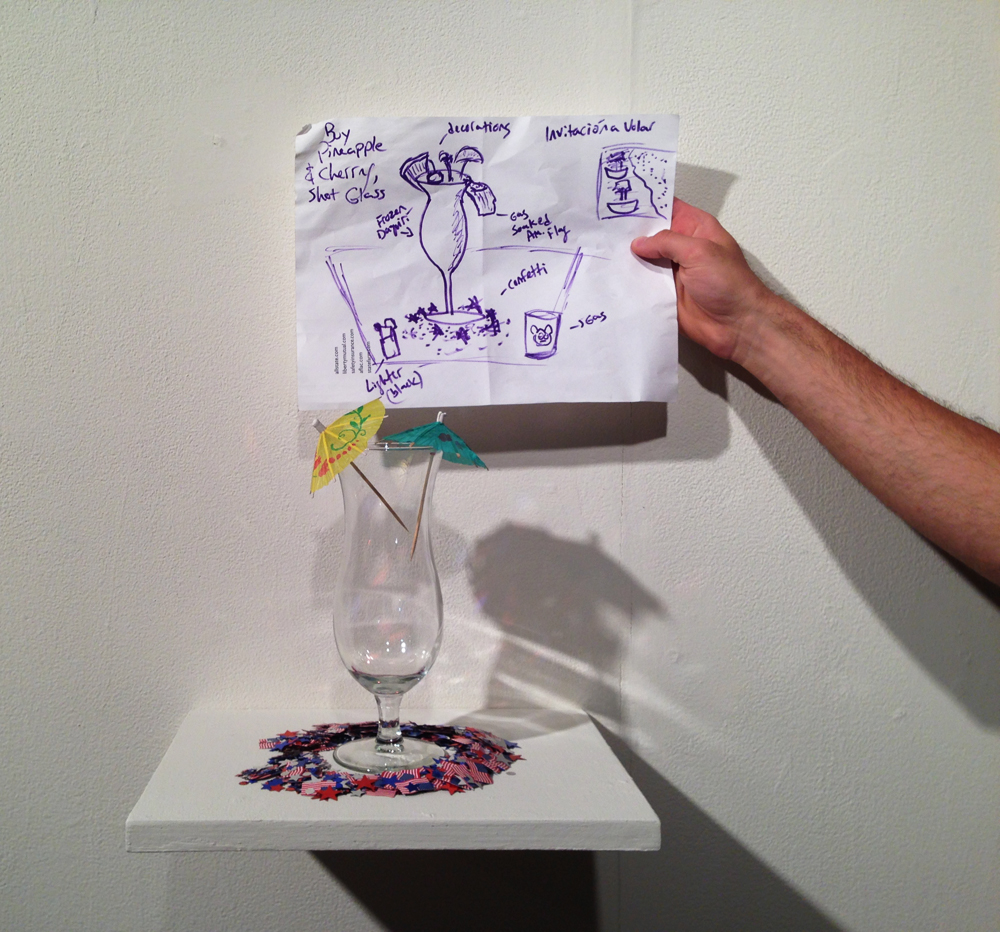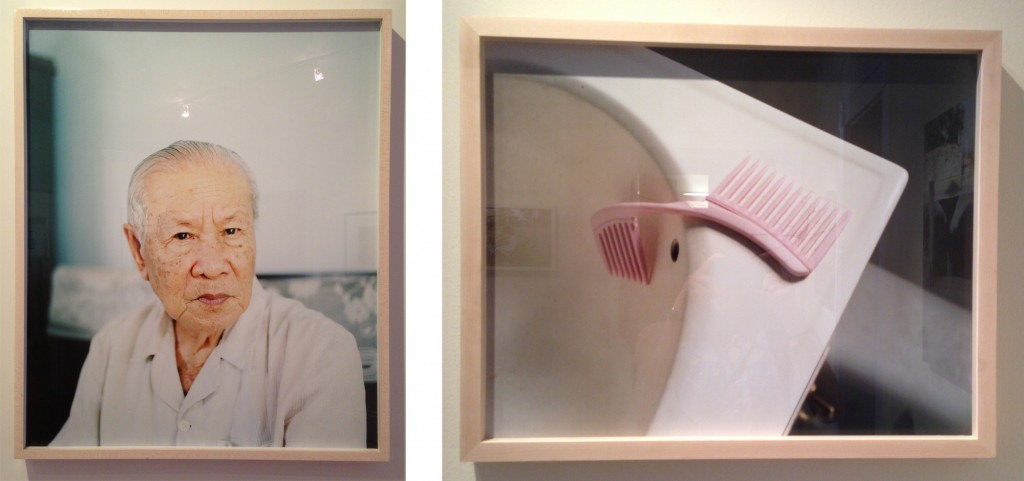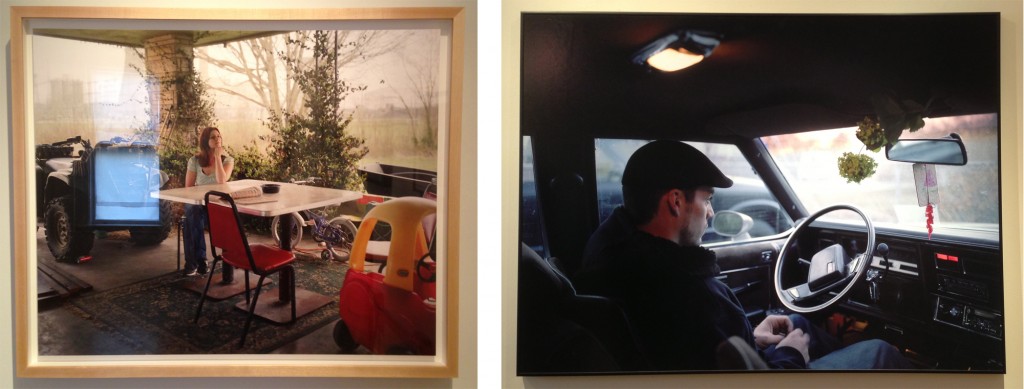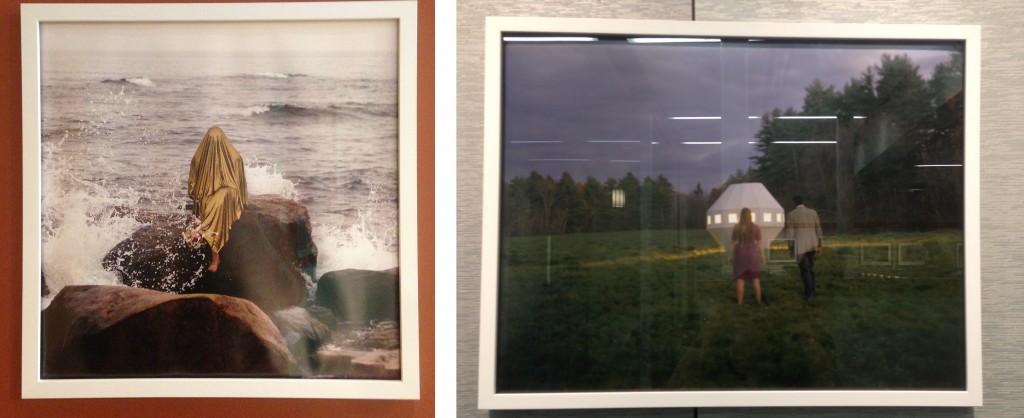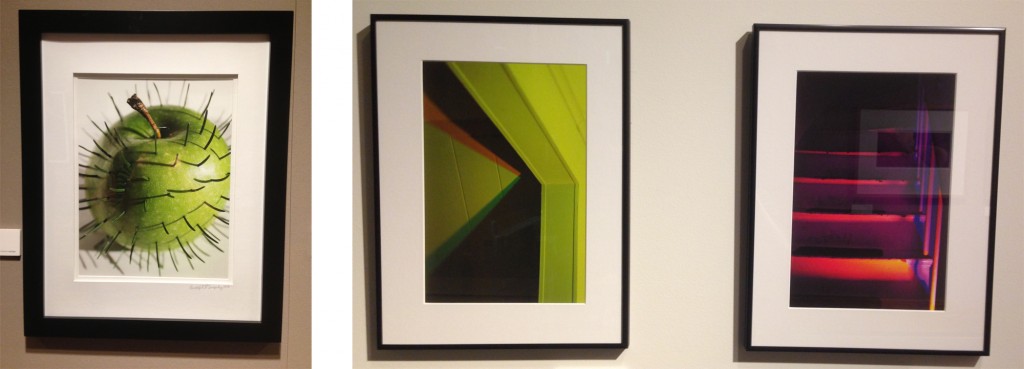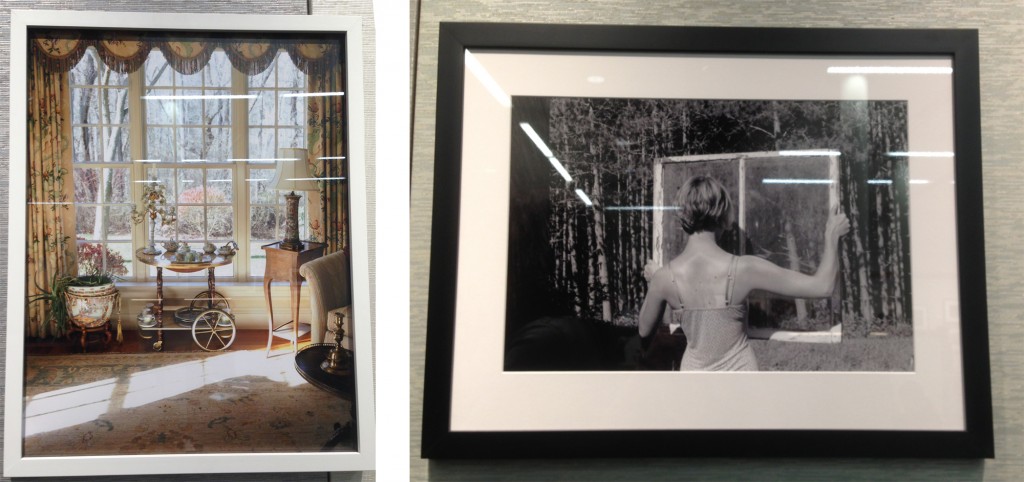The MFA launched its Performance Art program on Wednesday with the event “Odd Spaces.” The event consisted of four different durational performances integrated into the galleries and was followed by a panel discussion led by Liz Munsell, the MFA’s Assistant Curator of Contemporary Art.
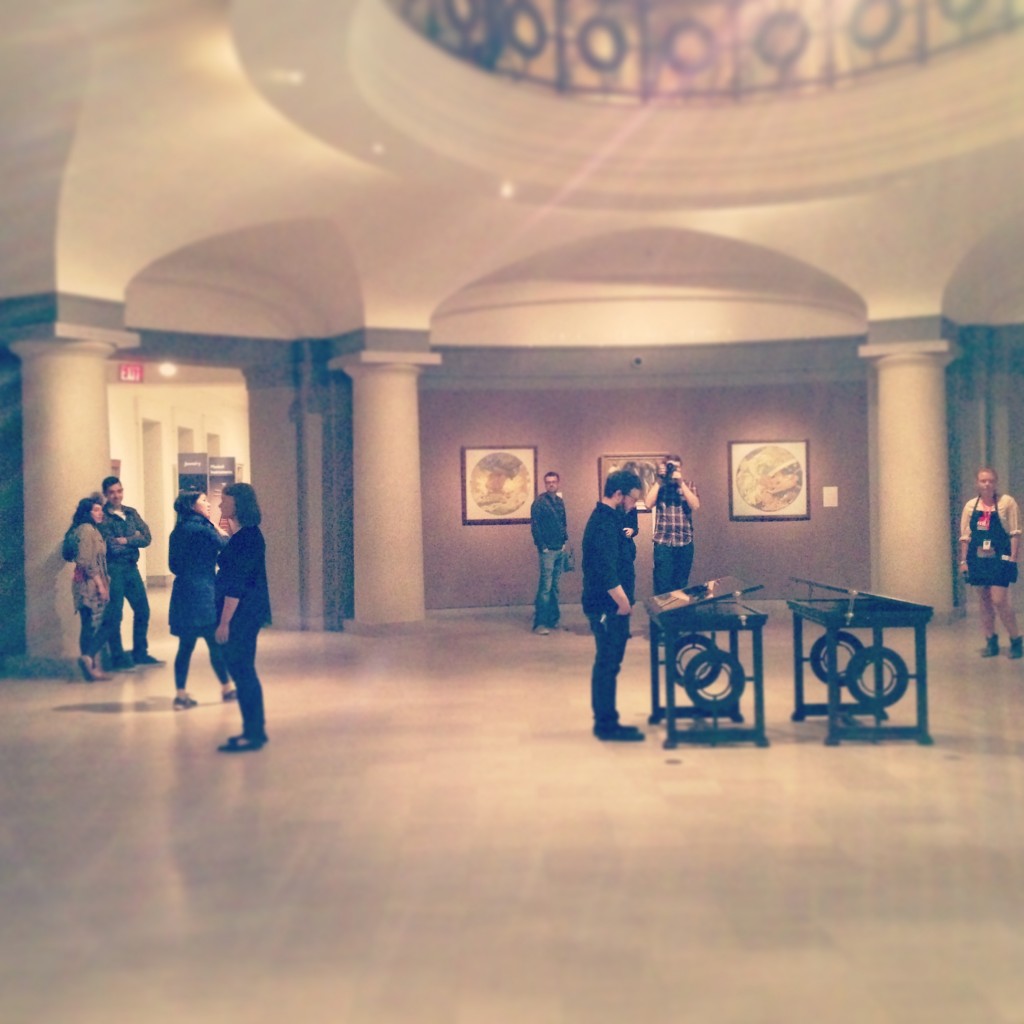
Sandrine Schaefer and Philip Fryer perform “Untitled View”
Phil Fryer and Sandrine Schaefer, the co-creators of The Present Tense, performed “Untitled View” in the main rotunda. For two and a half hours, Fryer looked into one of the mirrors in the center of the room inspecting the rotunda’s elaborate ceiling, while Schaefer gazed at a John Singer Sarget, slowly backing up until they ended the performance back to back. The performance raised questions about the nature of prolonged looking, the intimate shared space that looking creates, and the dynamics of museum visitor interactions.
The performance reminded me, and asked me to reconsider, my own experience of prolonged looking at the MFA. I went to the MFA during the last weekend of the Ori Gersht exhibit and despite the throngs of weekend museum goers, I was determined to have a final experience with my favorite piece in the show, “Falling Bird.” I planted myself firmly a few feet front of the screen and watched the the video loop through at least three times, not moving for 15-20 minutes. I kept my eyes locked on the screen, attempting to memorize every feather, every drop of water, and as I stood there, others came and went, shrieking children rolled on the floor by my feet, and a man started taking pictures of me. I stoically did not unlock my eyes to meet his gaze, yet because of the heightened level of attention I was paying the art piece, I memorized these other peripheral interactions along with the art work. Although I watched “Untitled View” from afar, it certainly succeeded in making me reconsider my own experience of looking at art and interacting with other art viewers.
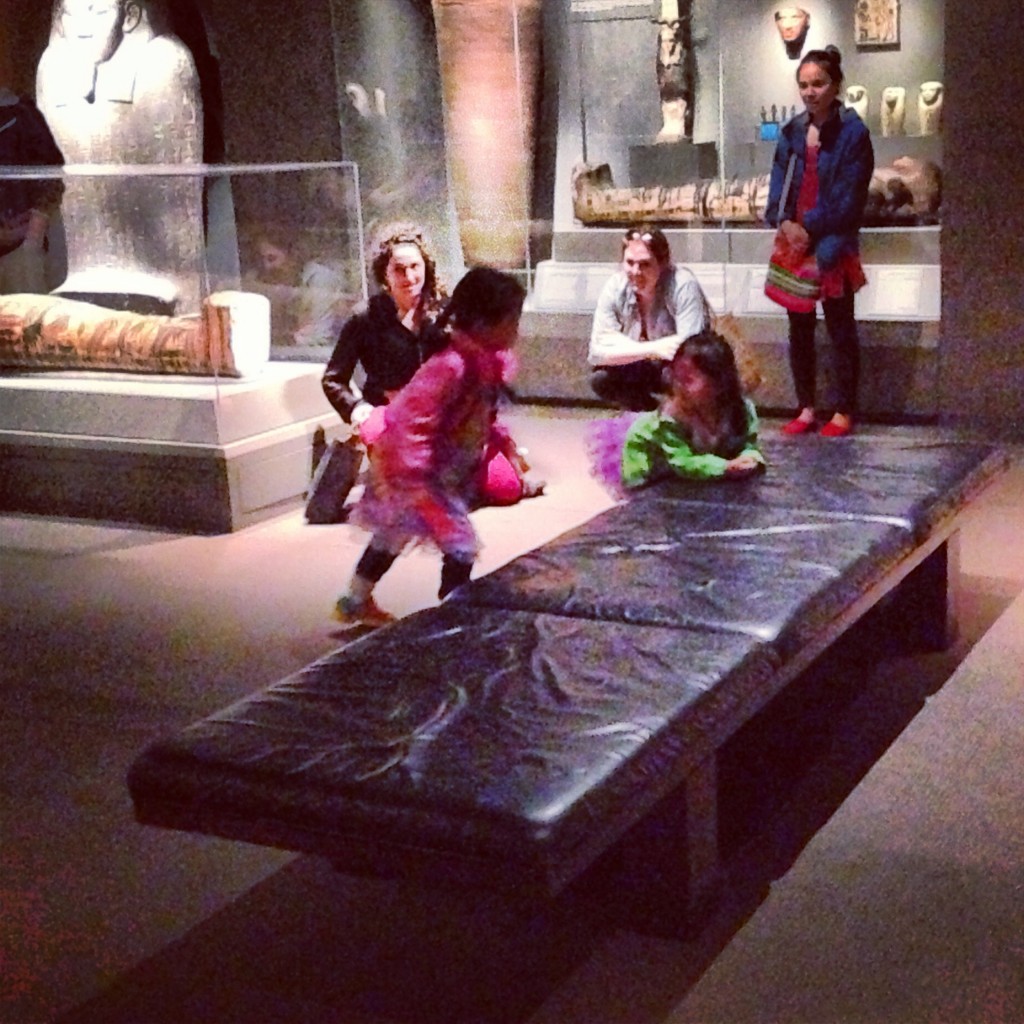
“With the Others” by Marilyn Arsem
When we went looking for Marilyn Arsem’s performance, “With the Others,” my friend commented that it felt a bit like Where’s Waldo. Even though we knew there was a performance going on in the gallery, it took us a while to find the performer. Once a few people started crouching down to see the figure under the bench, others were clued in and followed suit. I began to wonder if I was “giving it away” by snapping a few pics, but my worries evaporated when a young girl wearing a tutu ran up to the bench despite the gathered crowd of onlookers, as if wondering what all the fuss was about someone hiding under a bench. Meanwhile, David Levine’s performance, “durance,” featured an actor giving Greenberg’s essay, “Avant-Garde and Kitsch” on repeat.
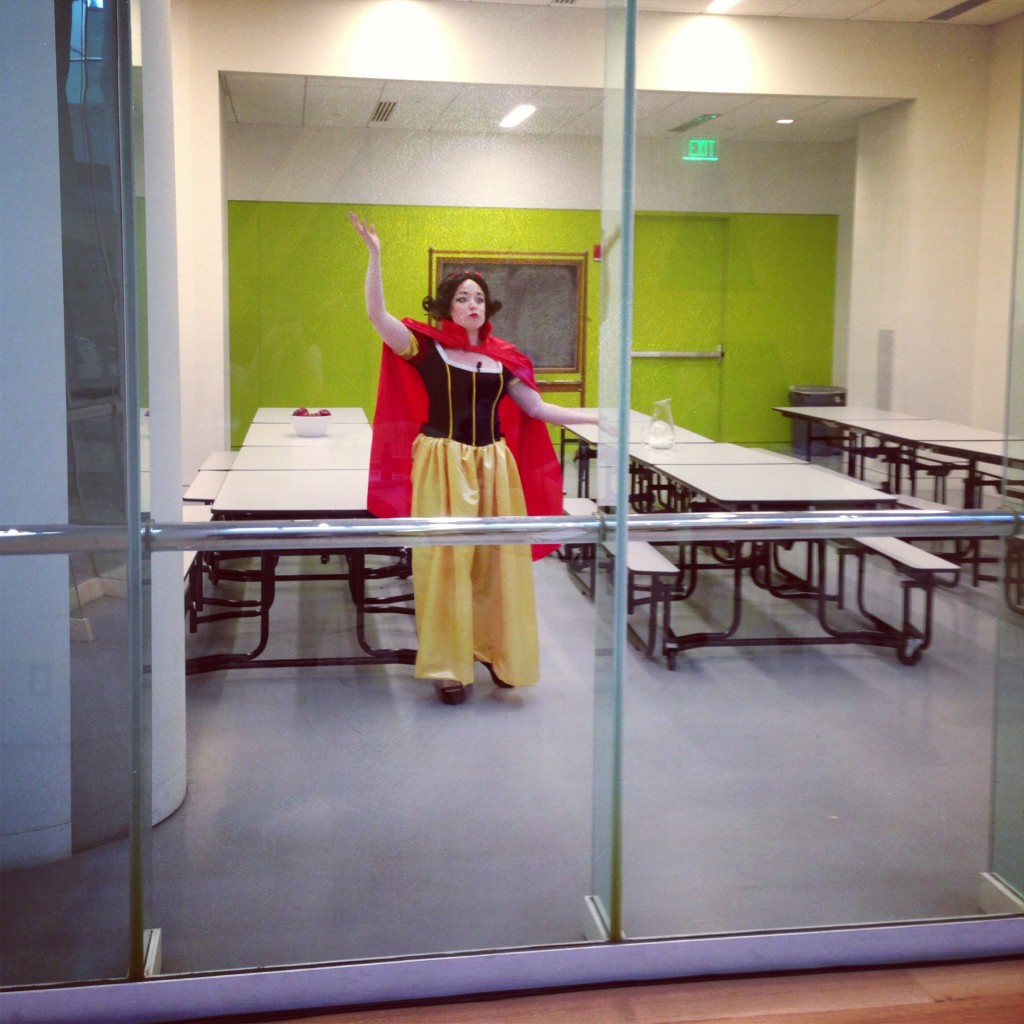
“durance” by David Levine, performed by actress Angie Jepson
Odd Spaces sets an exciting precedent for the presence of performance art in the MFA, yet in the context of Boston’s thriving performance art scene, I couldn’t help but think that the performances chosen for the program were a bit tame. They were quiet, clean, and unobtrusive – patrons were in no way inconvenienced or startled, and were free to come and go as they pleased. We all know the MFA is fond of schedules and planned art interactions – let’s hope that Odd Spaces is a first step for the MFA loosening up a bit and embracing a little of the unexpected.
